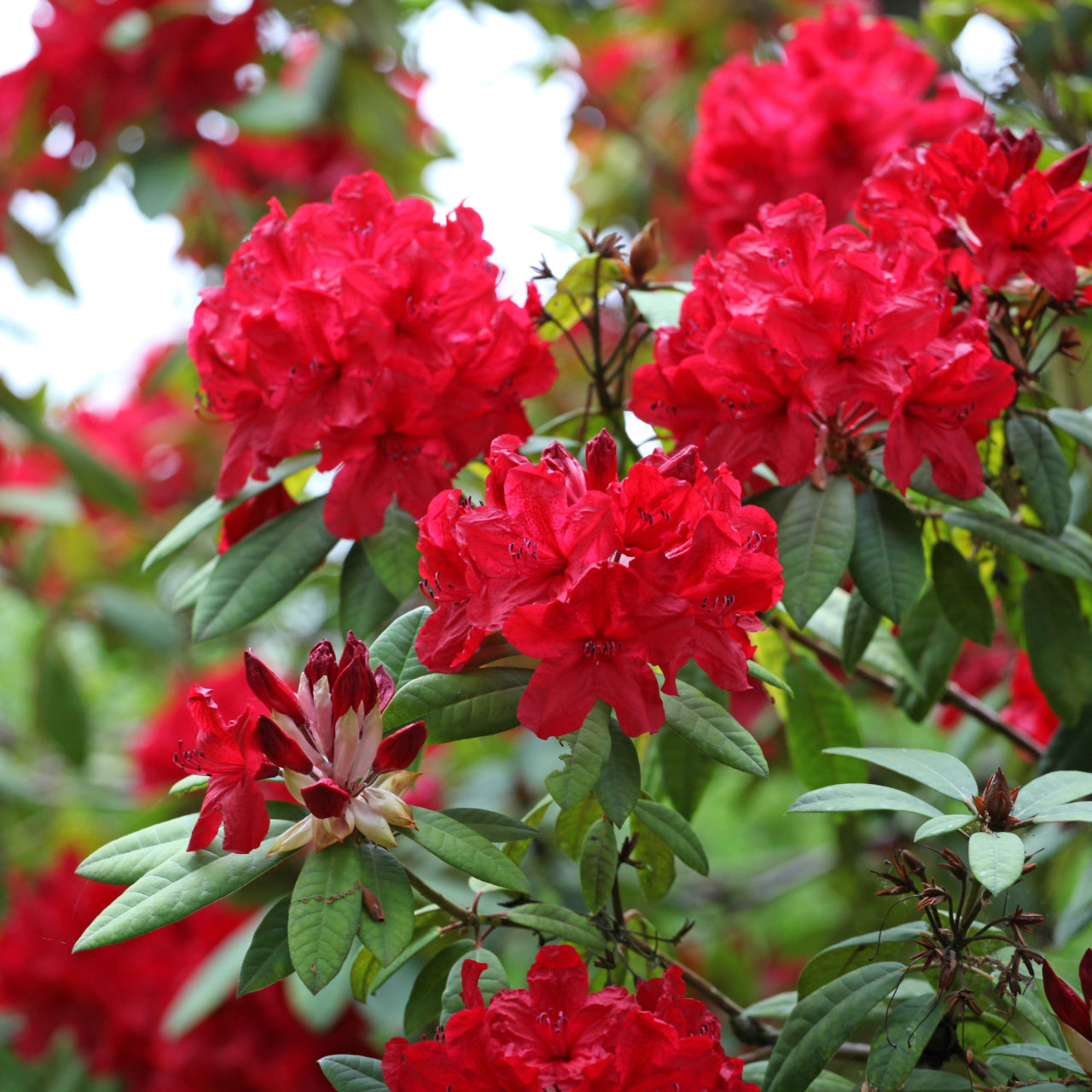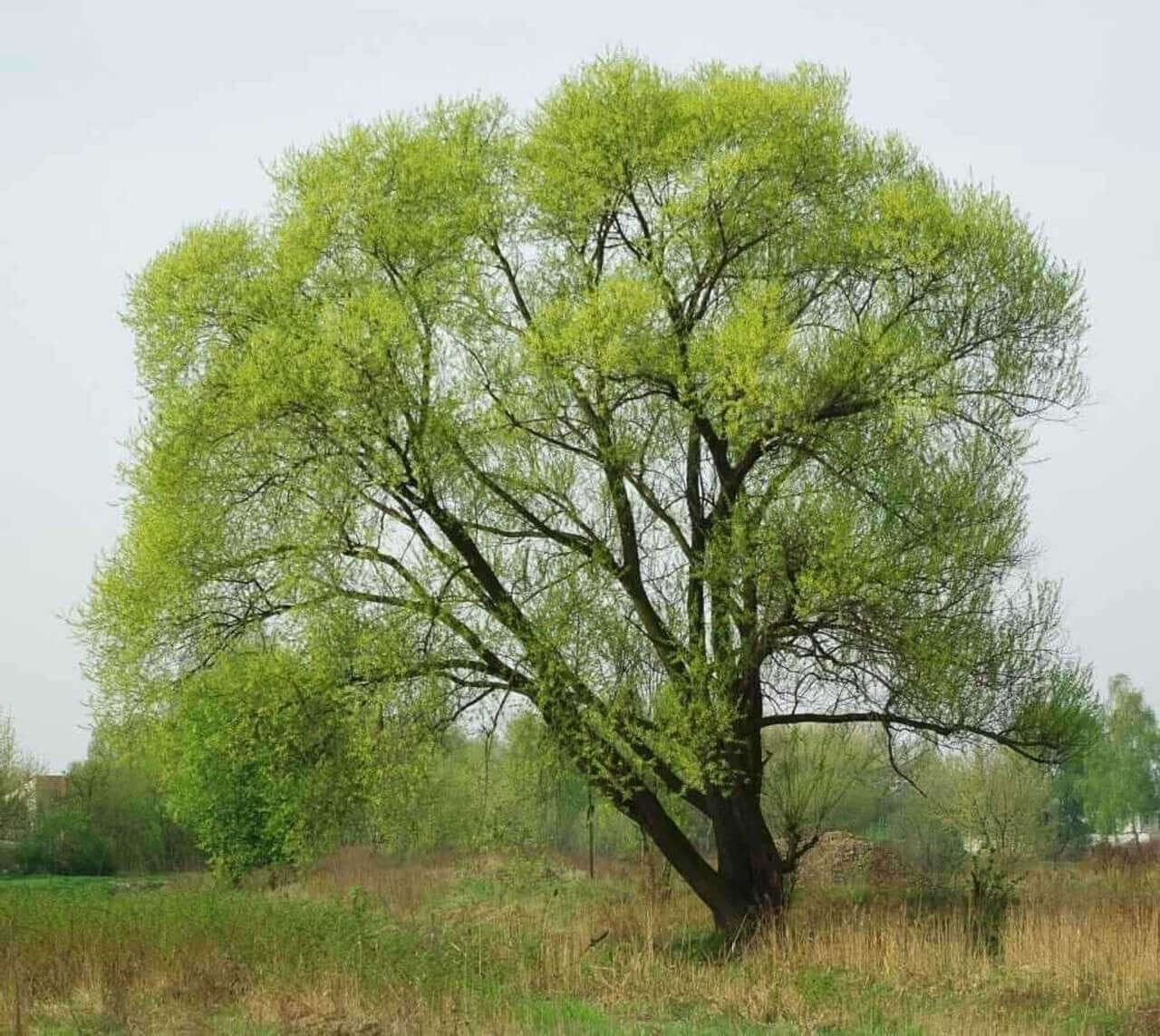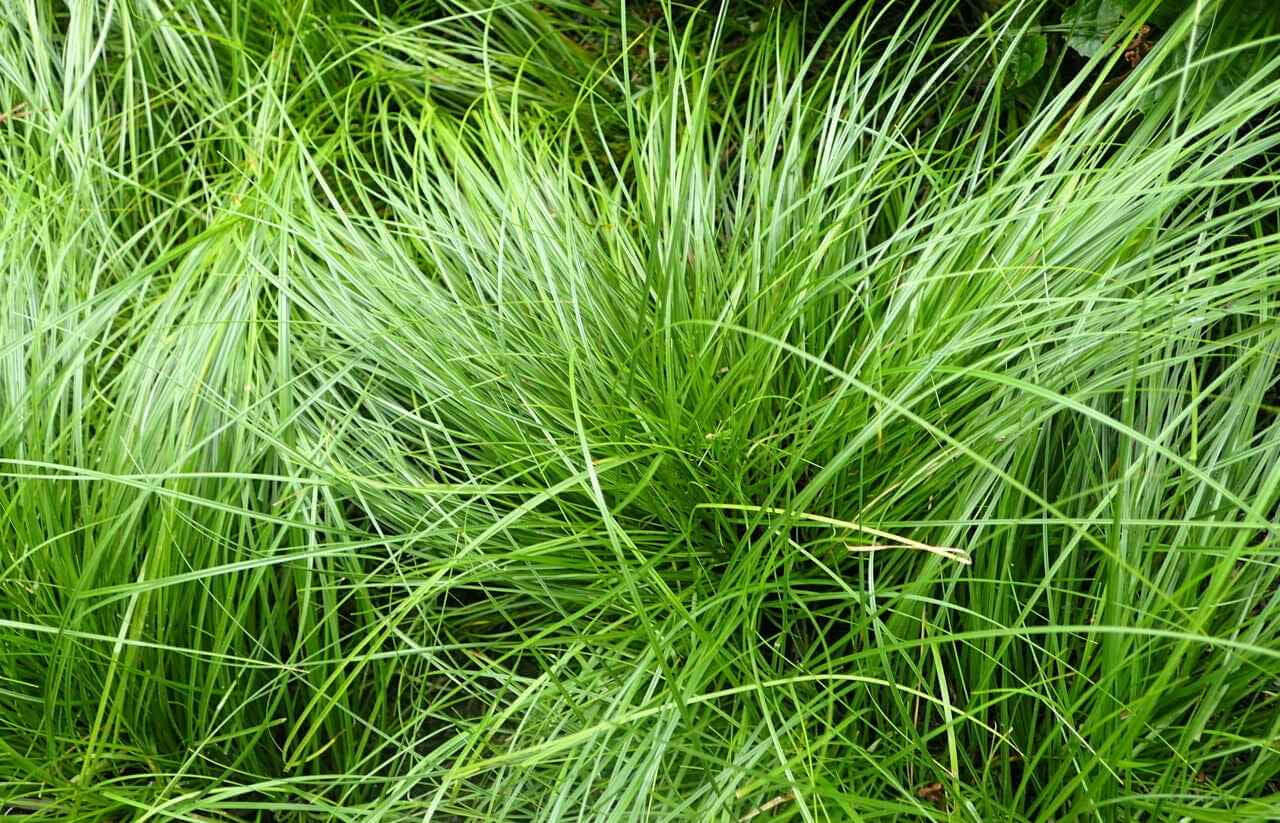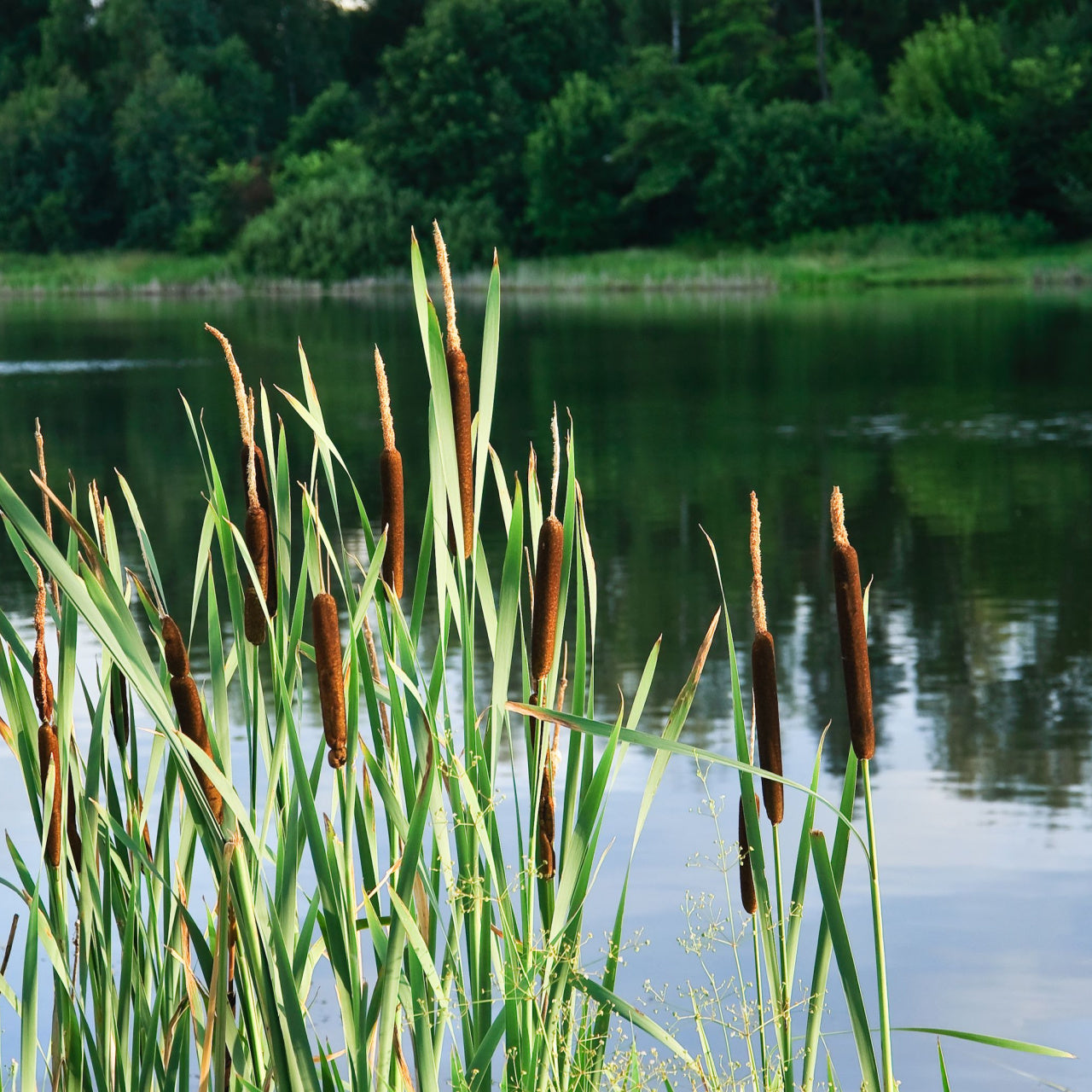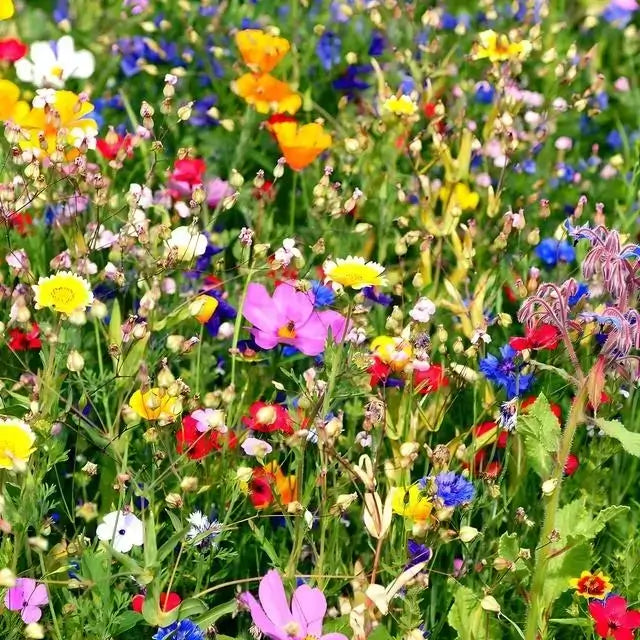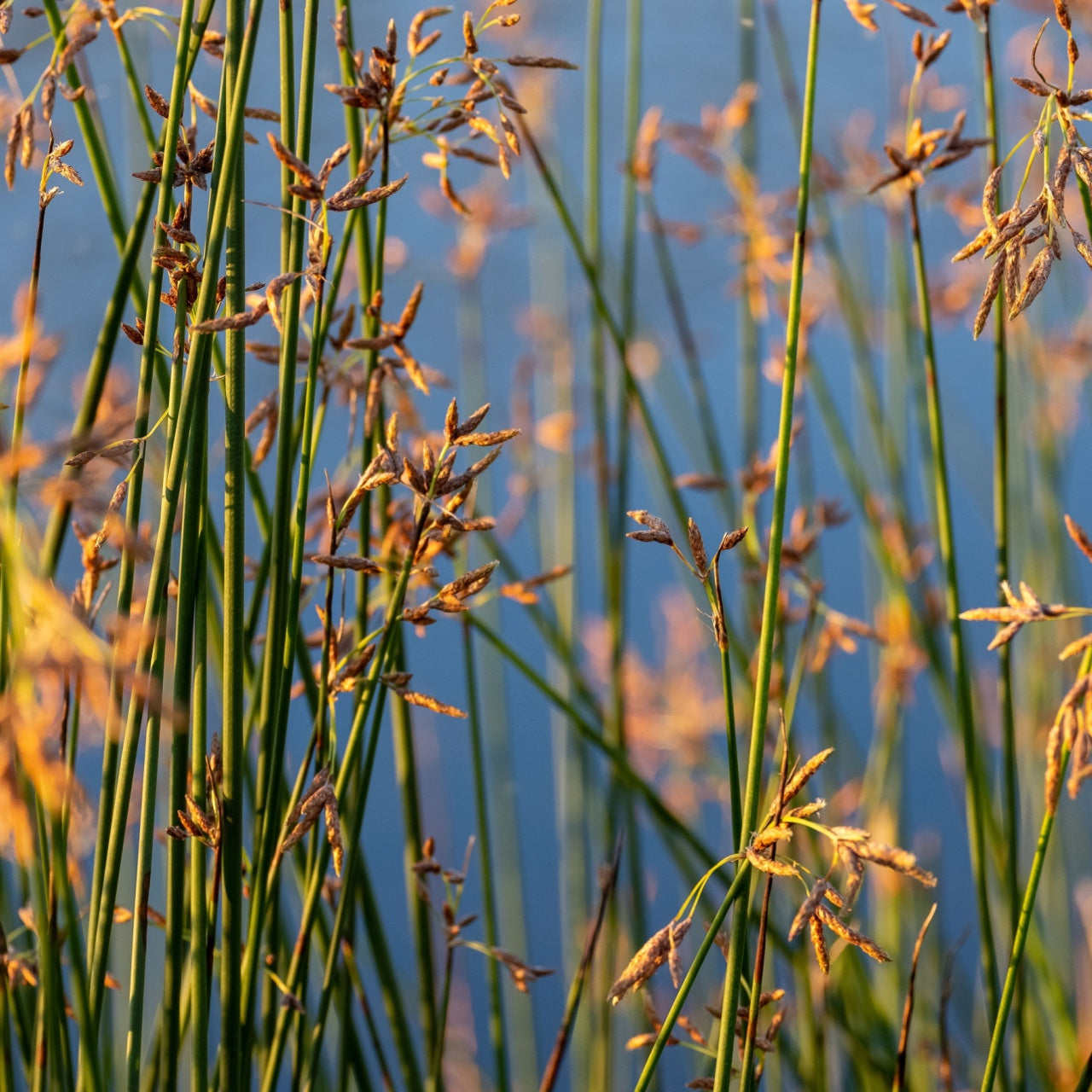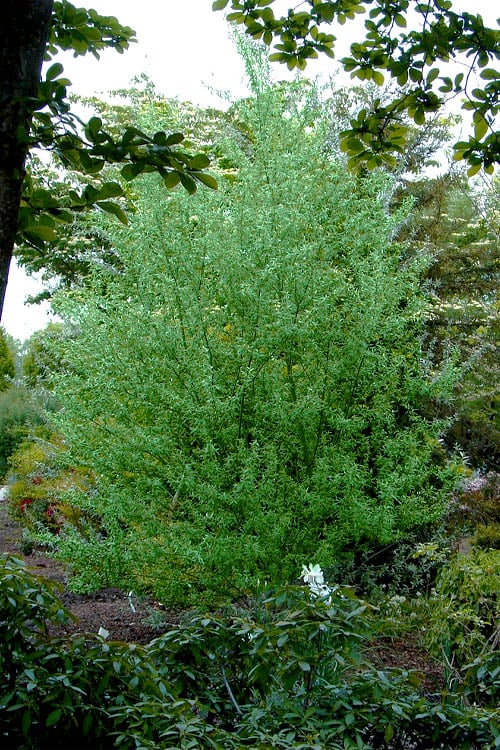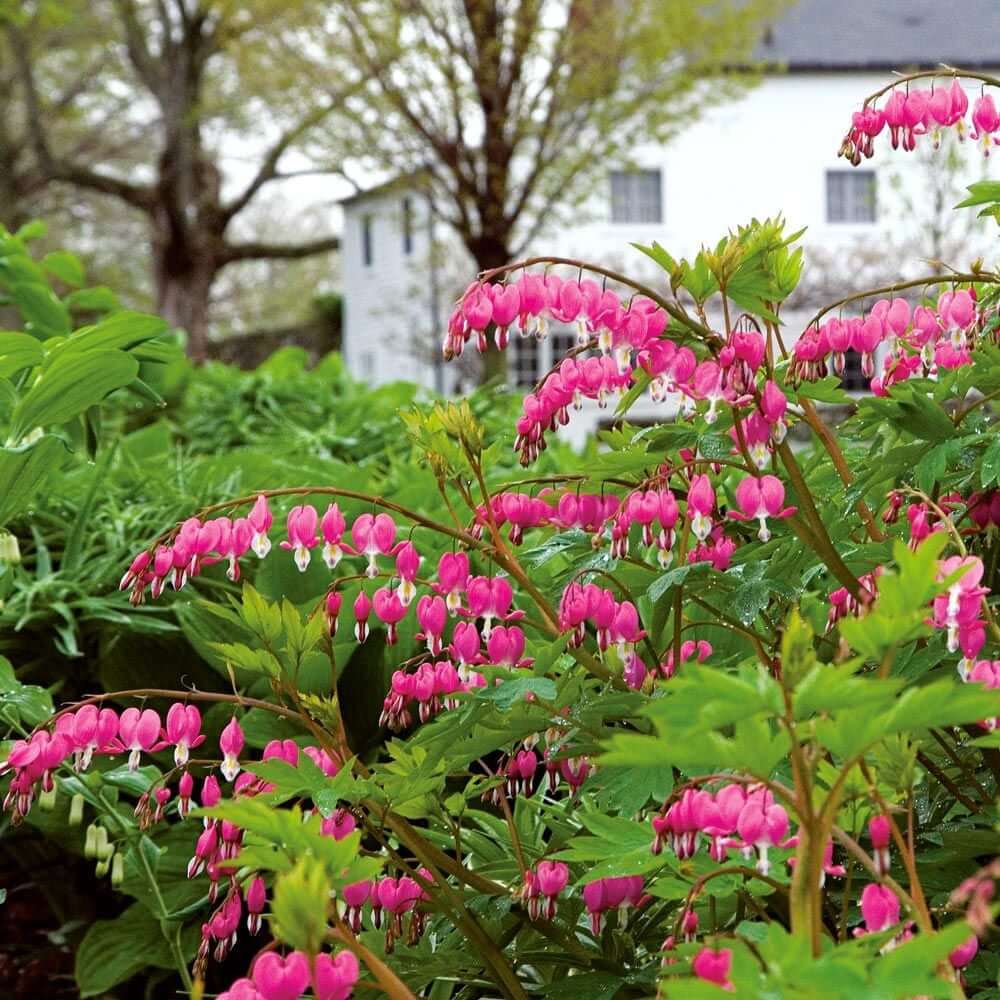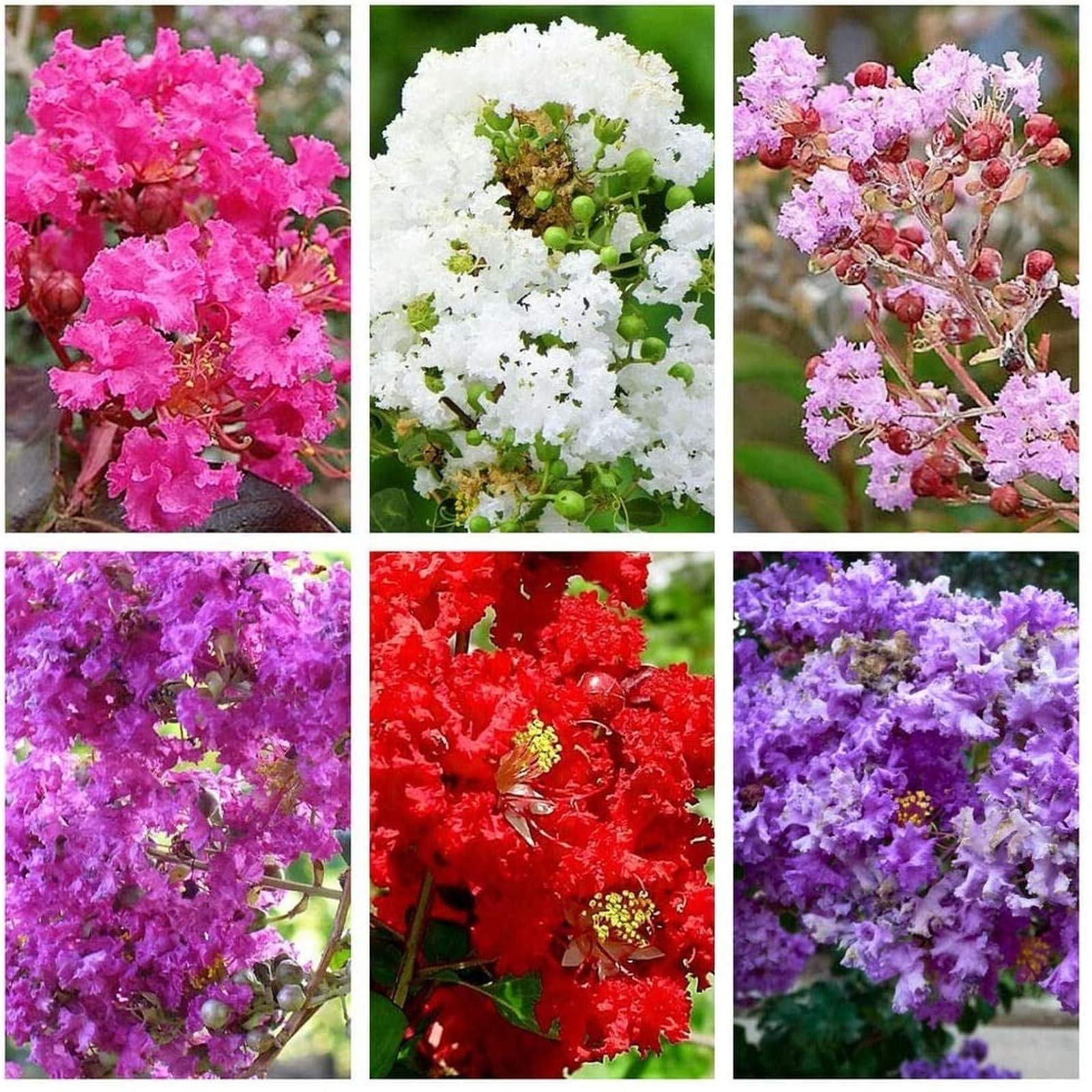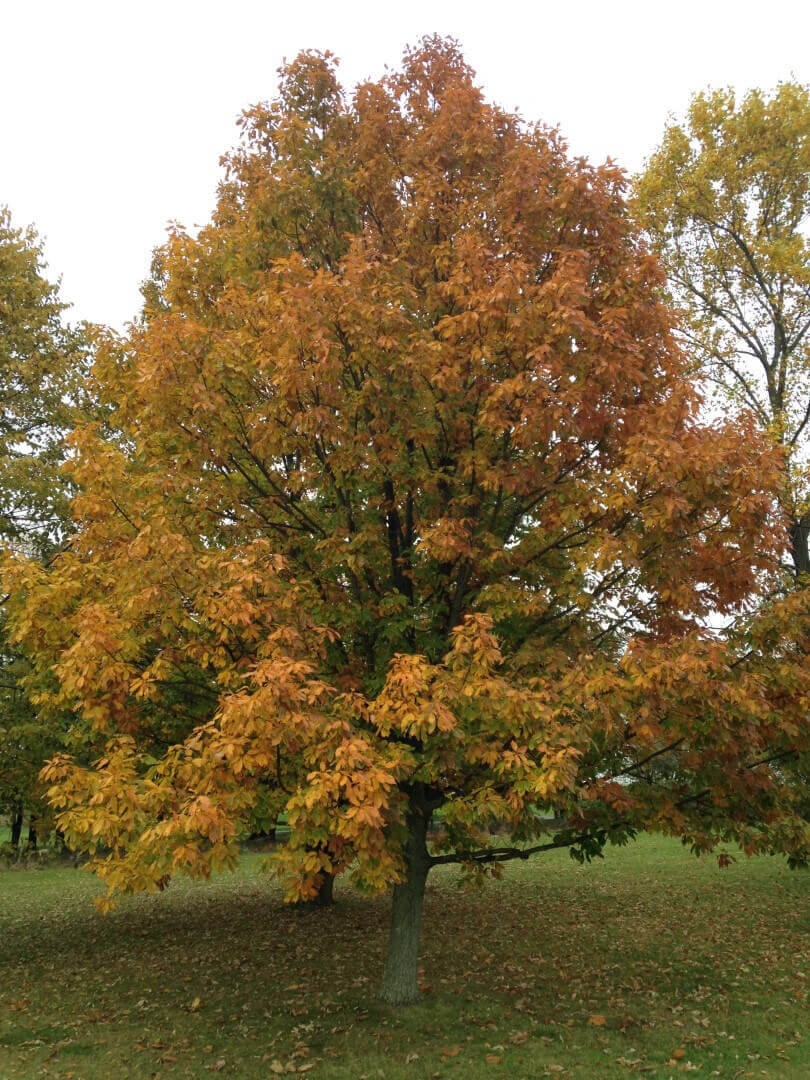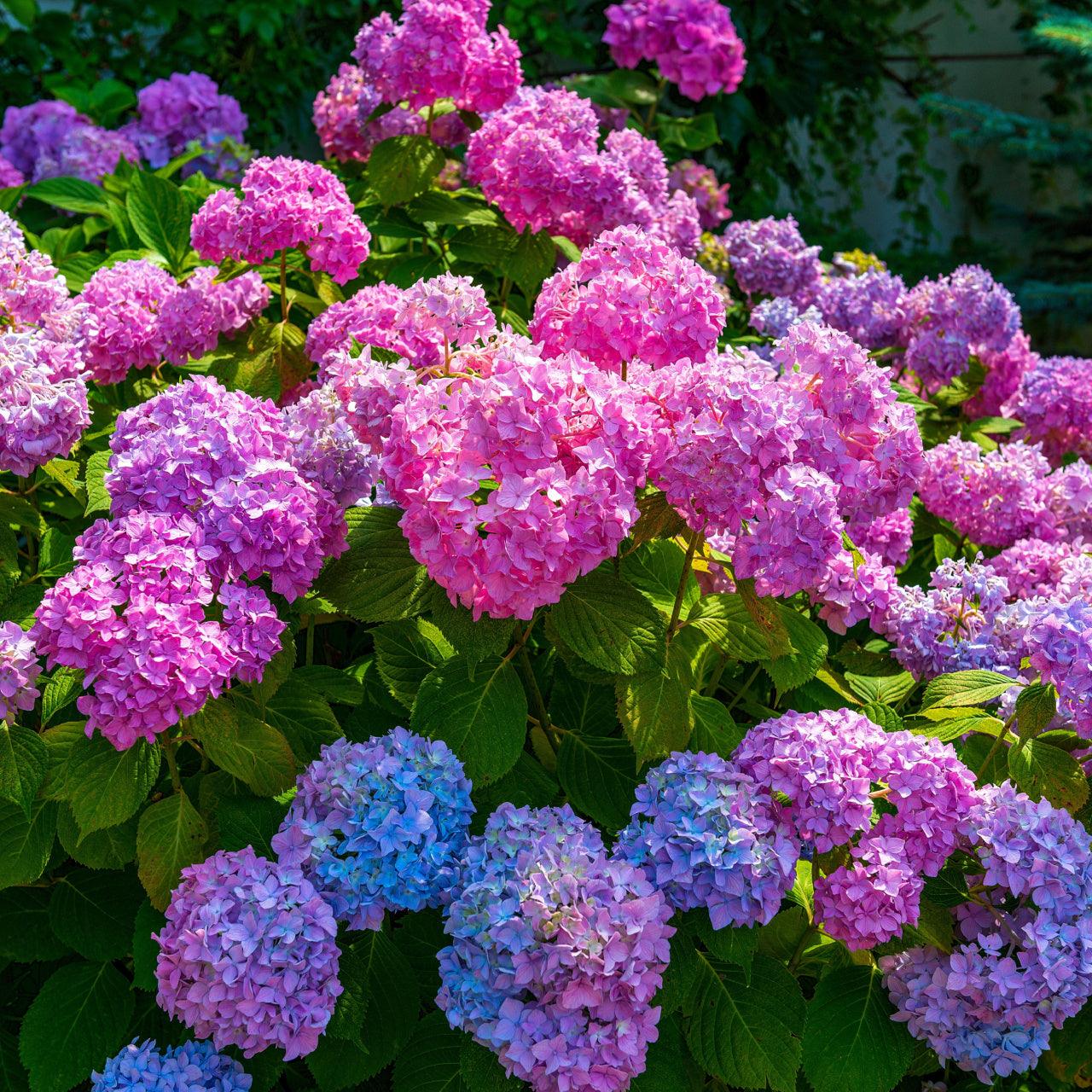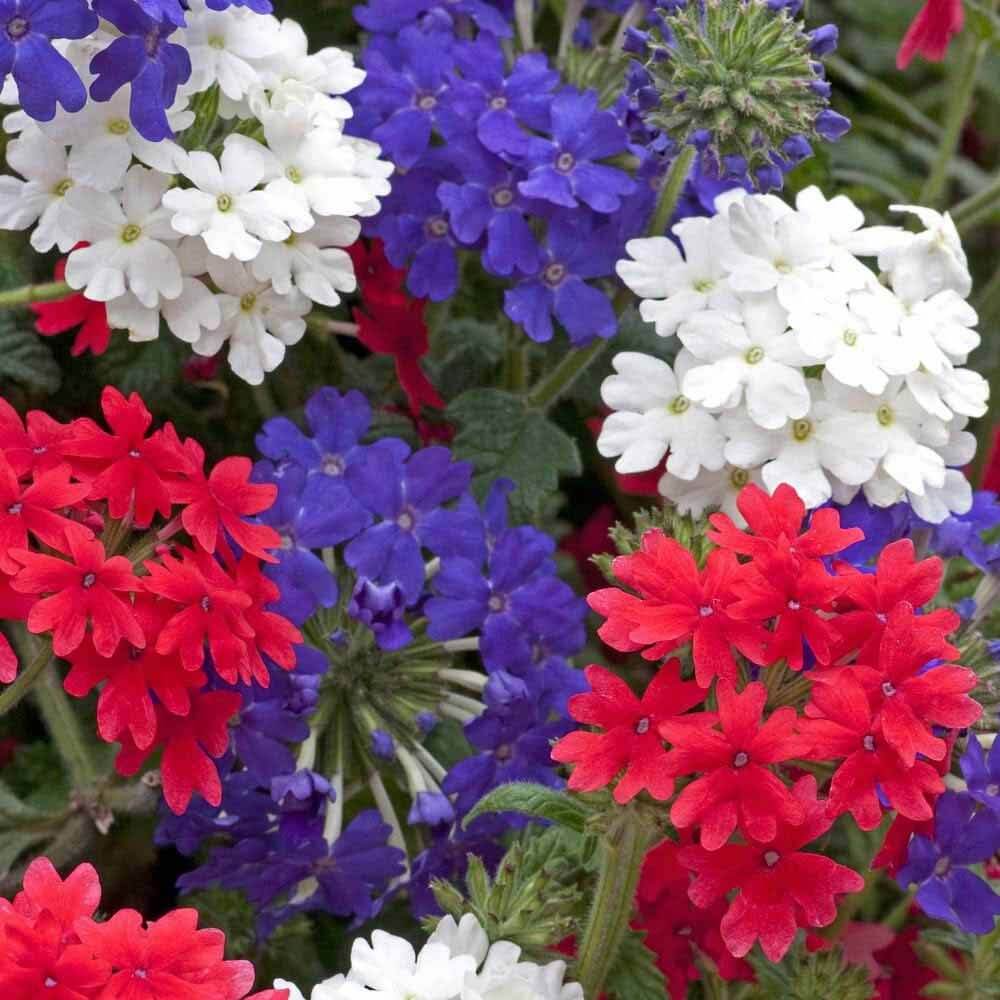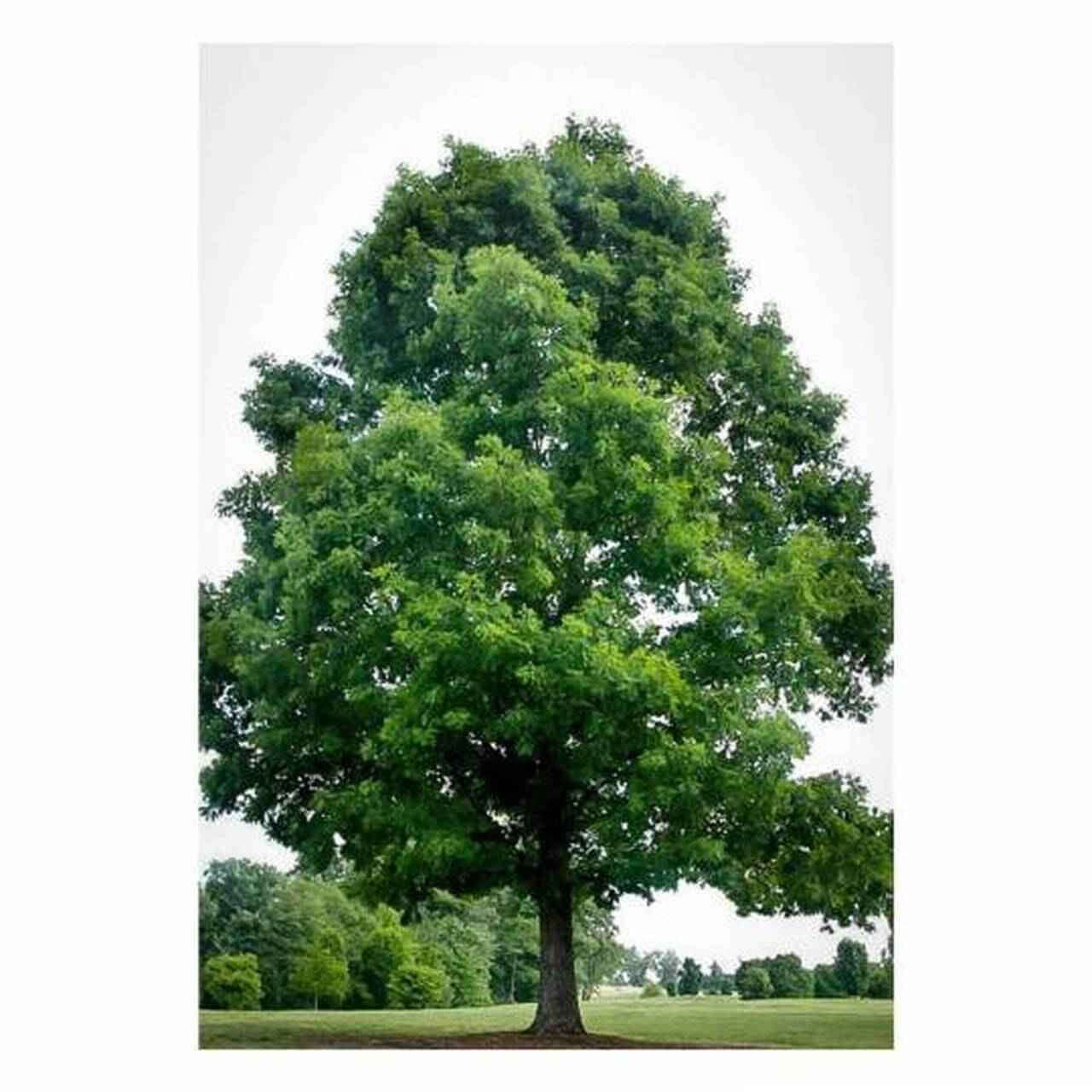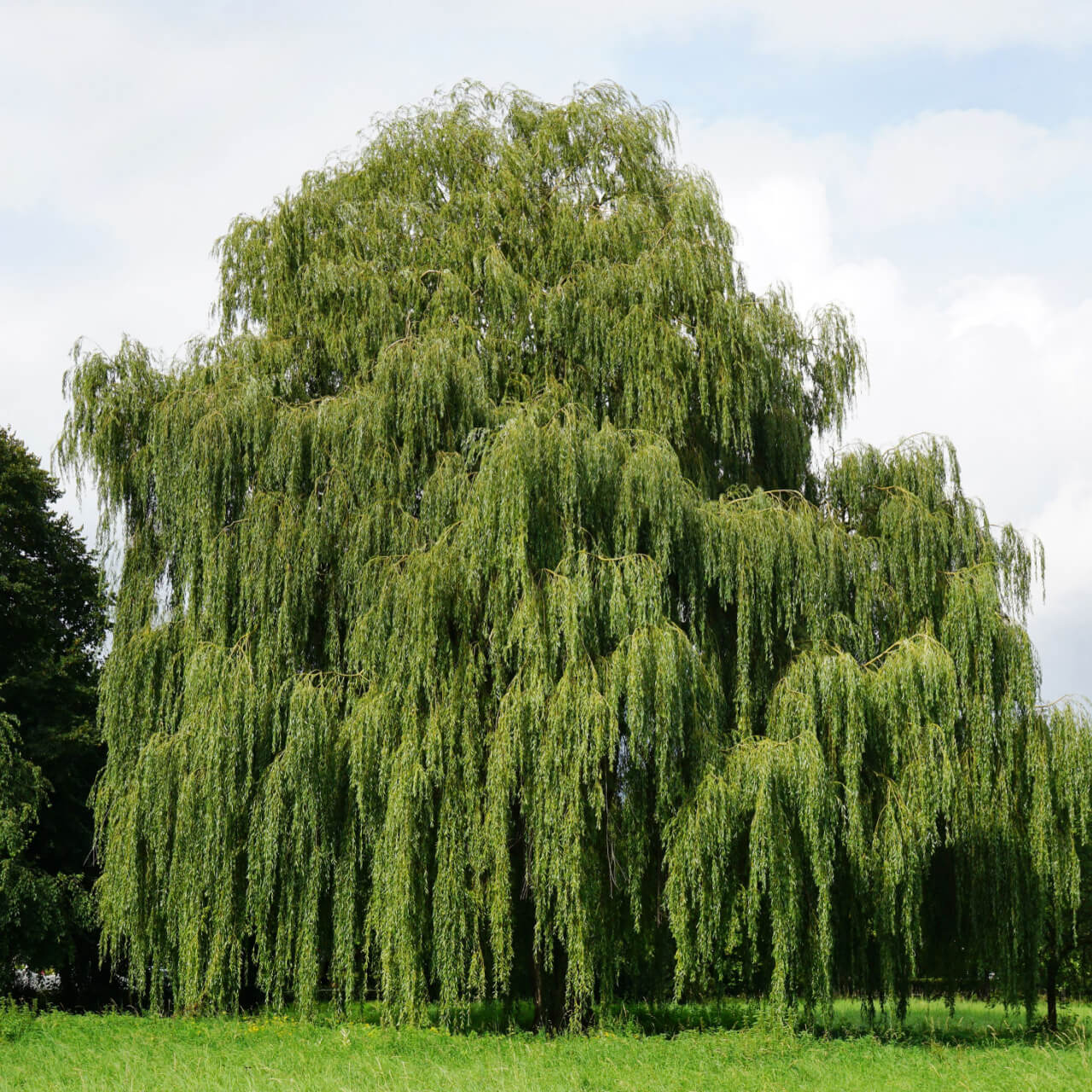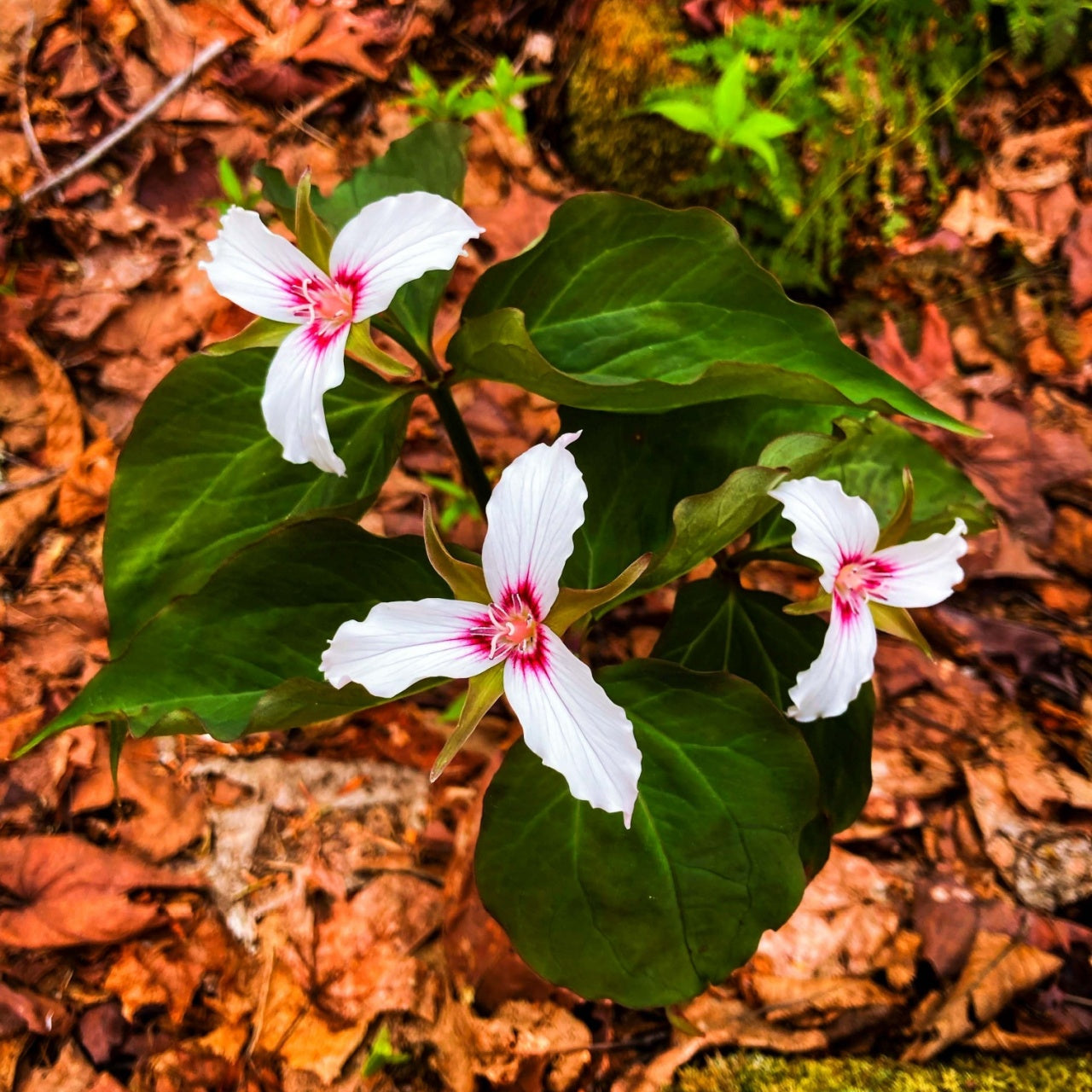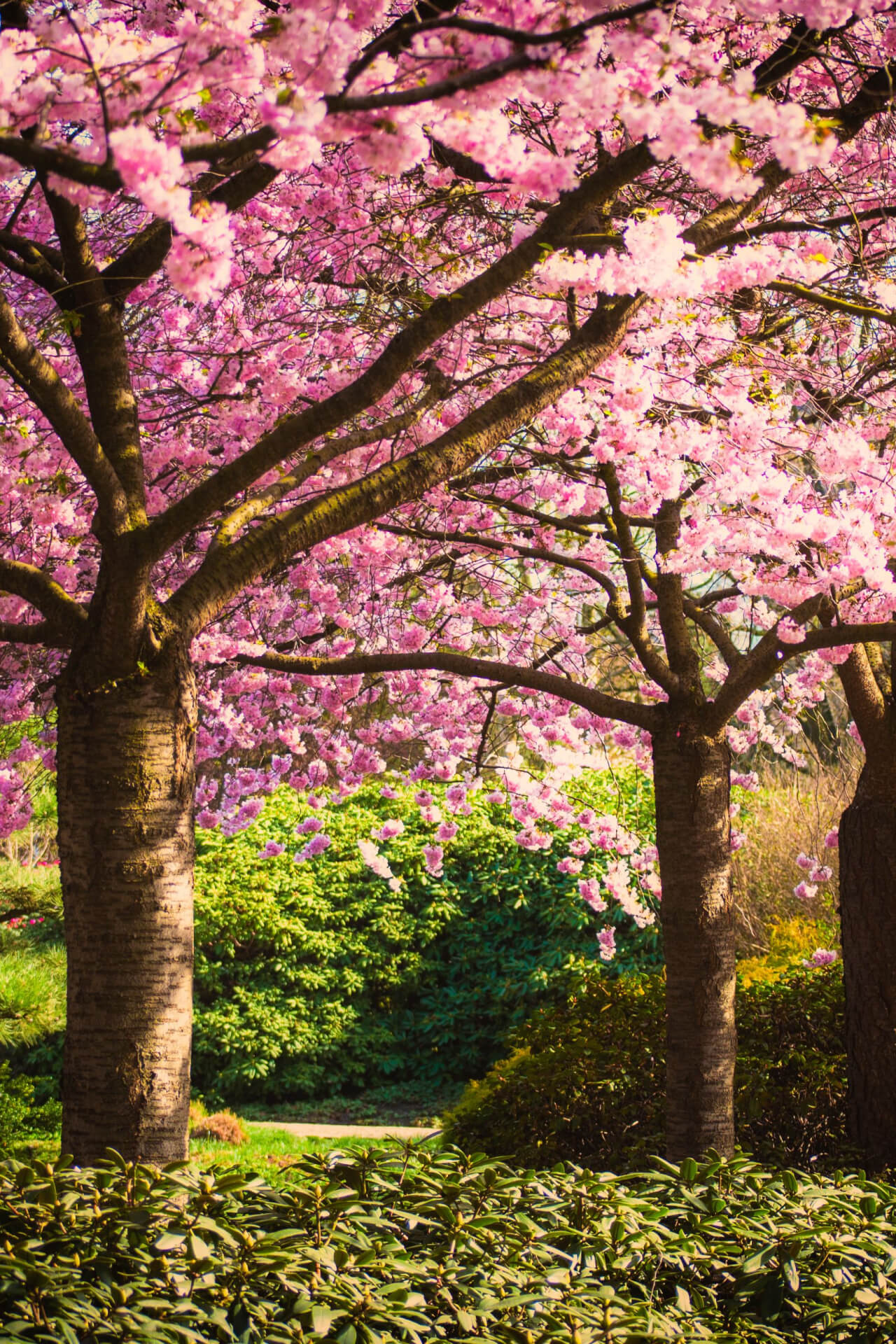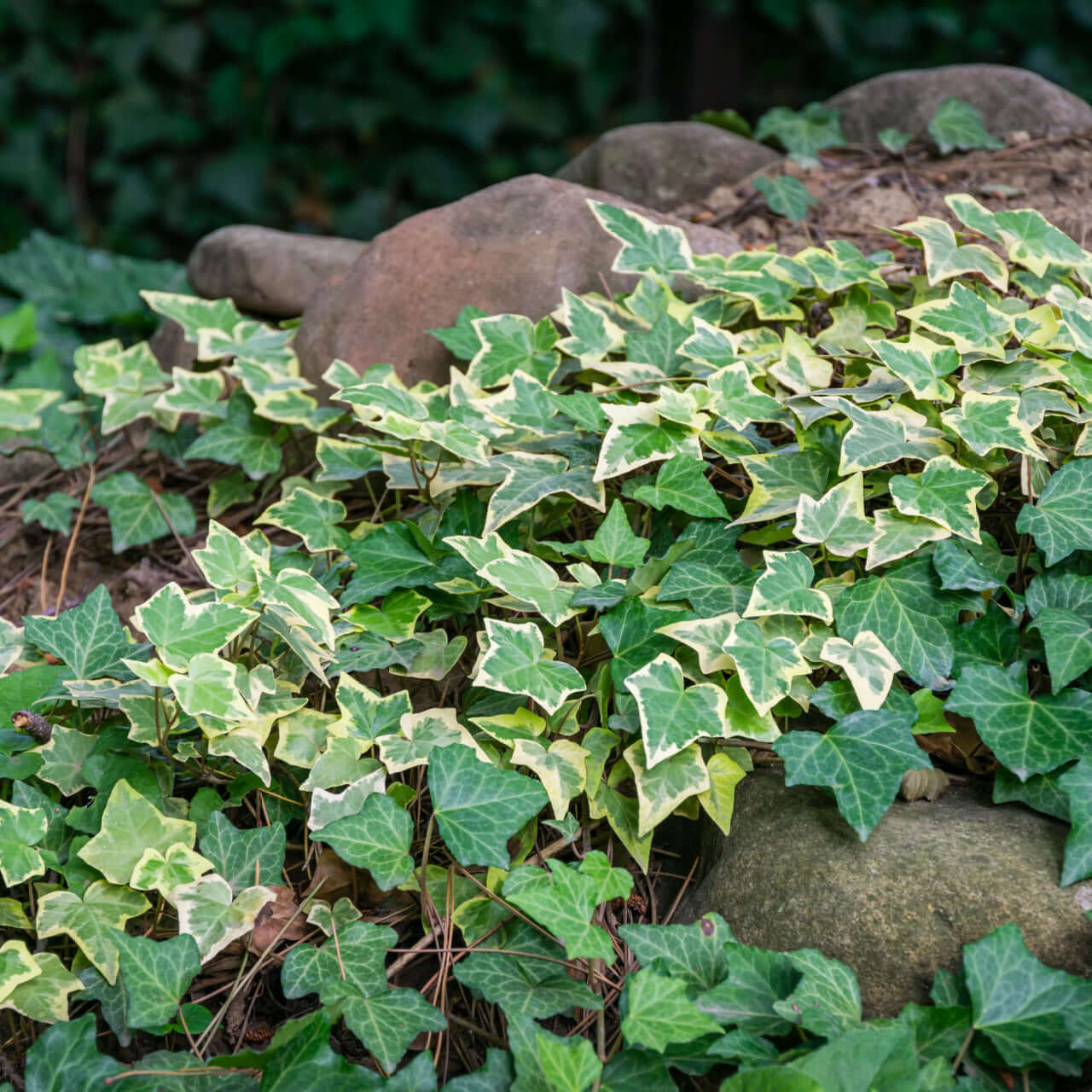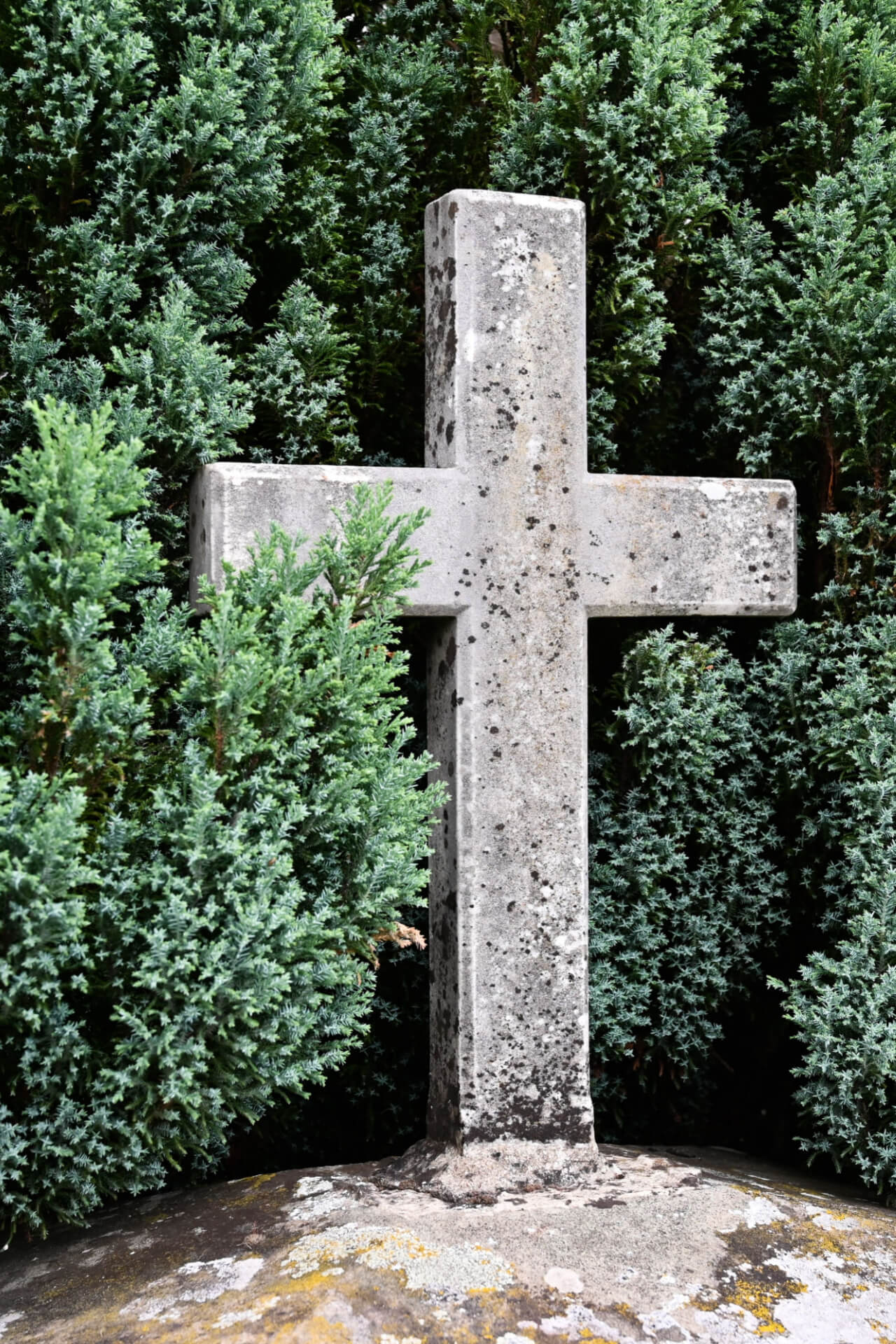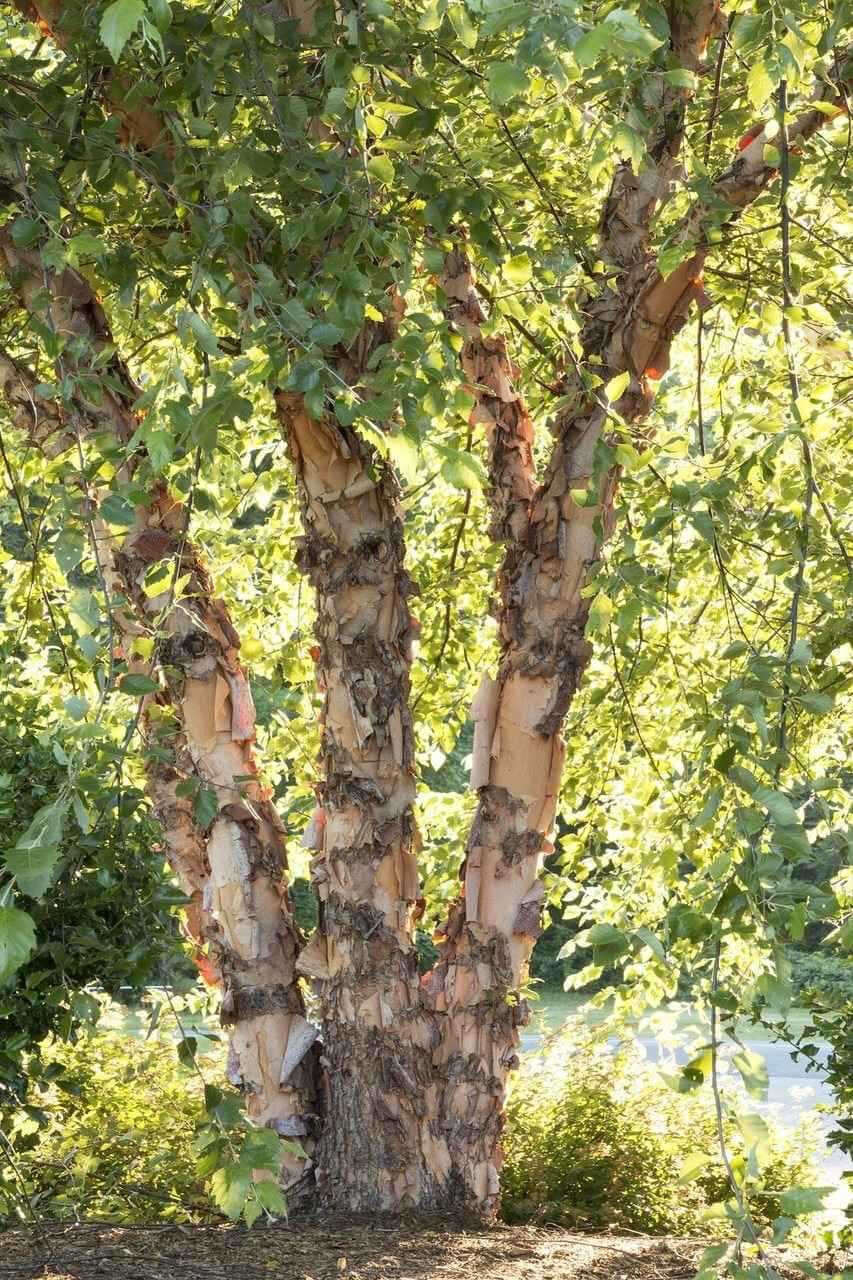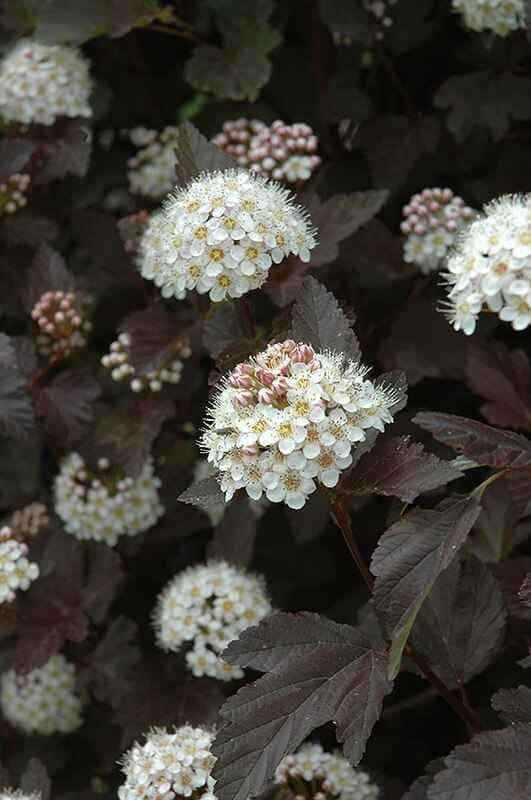Filters
Sort Best selling
-
15 Red White and Blue Bold Color Perennial Package - Chosen Perfectly For Your Zone -
Black Willow Stakes -
6 Pack - Pennsylvania Sedge Plugs -
15 Aquatic Plants Box - 5 Bul Rush, 5 River Cane, 5 Crested Iris -
25 Colorful Wildflowers - Colorful Selections Selected Perfectly For Your Zone -
Bulrush -
Topiary Moss -
Silky Willow -
15 Old Fashioned Perennial Favorites - Perfectly Chosen For Your Planting Zone -
Crepe Myrtle -
American Beech Seedlings -
Chestnut Oak Seedlings -
6 Flowering Shrubs 3-4' Selected Perfectly For Your Zone -
15 Patriot Perennial Package (Red, White & Blue) - 5 Each - Red Cardinal Flower, Blue Lobelia & Solomon Seal Plants -
Black Oak Seedlings -
Package of 6 Fast Growing Trees - Top Growers, Selected For Your Zone -
Trillium Plant -
Button Bush Live Stakes -
Flowering Trees Package - 6 Trees Chosen Perfectly For Your Zone -
20 Mixed Soil Erosion Vines - Perfectly Selected For Your Zone -
Sweet Gum Seedlings -
Memorial Tree - A Living Tribute -
River Birch Live Stakes -
Hydrangea Live Stakes
Shop zone 6 plants at TN Nursery to discover diverse lush greenery and beautiful blooms for your environment. With plants, shrubs, and trees of many types doing well in this area, you can plant a bit of color, create a new garden, or design an entire landscape with our high-quality plants.
What Gardeners In Zone 6 Need To Know
This area covers dozens of different U.S. states, from Massachusetts to Washington State. The average low temperature in this area is from -10 to 0 degrees Fahrenheit.
That said, there is undoubtedly variability within the area. Some parts of the area may rarely (if ever) dip into negative temperatures.
This area has a medium-long growing season. On average, the first frost usually happens around the beginning of November, with the last frost typically in May. By choosing the right native plants, you can make the most of your garden in this area.
Plants To Grow In Zone 6
Fortunately, your U.S.D.A. zone can support many plants, mosses, shrubs, and trees. While your choices all depend on your overall goals for your landscape, our TN Nursery specialists chose a few options that work well in your area below.
1. Perennial Flowers
This area offers varied environments because it spans so much of the country. If you want to add some brilliant blooms to your garden, you have plenty of plant options like wood poppy, daylily, bluebells, or coneflowers, to name a few. Bulbs also do very well in this area. We offer perennial flower packages that we choose based on your location.
2. Hedwigia Moss
A uniquely beautiful moss, Hedwigia Moss features vibrant green stems and feathery white tips. It grows sideways, creating a fluffy look that can beautifully conceal empty areas in the landscape. It can even attach to and grow on rocks.
3. Staghorn Sumac: A Stunning Shrubs
Staghorn sumac is a shrub or tree that can define your outdoor space greatly. It can reach impressive heights of 35 feet, with nearly as wide branches. It grows well in this area and rarely requires a lot of attention. Many gardeners in this area choose Staghorn Sumac thanks to its bright scarlet foliage, which is best in the fall months.
Shop TN Nursery For Zone 6
At TN Nursery, we grow our plants in the most optimal conditions and stand behind every one we sell. Shipping to your zone is fast and easy.
